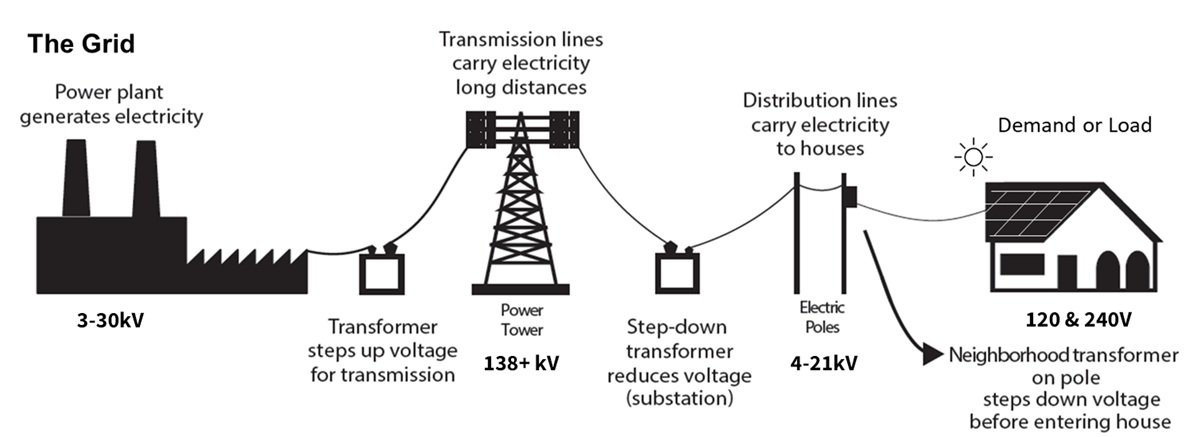Climate finance refers to the flow of funds from public, private, or alternative sources of funding for local, national, or transnational activities or programs that are intended to help address climate change. Significant financial resources are necessary to design and implement large-scale climate mitigation and adaptation investments.
To this end, the Biden Administration has established the Inflation Reduction Act (IRA), which provides nearly $400 billion in loans and grants to fund projects to lower the nation’s carbon emissions. These projects include—among many other categories—funding states’ energy efficiency programs, restoring ecosystems on public lands, and incentivizing funding for low carbon materials used in transportation. IRA funding supports the nation’s goal of halving U.S. greenhouse gas emissions from 2005 levels by 2030, and achieving a net-zero emissions economy by 2050.
There are many avenues from which climate funding flows. Financing can flow from one country or institution to another (“bilateral”) or from many countries/institutions to another (“multilateral”). The funding source also varies. For example, governments can issue sovereign green bonds, which are loans from a pool of investors in exchange for regular interest payments over a set number of years, or from carbon trading and/or carbon taxes. On the international level, countries or financial institutions like the World Bank, Green Climate Fund, or USAID provide grants and loans.
Along with the IRA, the United States has made it a goal through its Justice40 Initiative that 40 percent of federal climate investments flow to disadvantaged communities that have historically been underinvested and overburdened by pollution. Although the United Nations Framework Convention on Climate Change (UNFCCC) enshrines equity as a core principle in climate action, equity has failed to be upheld in the international climate finance realm. To uphold equity would require that countries with more historic responsibility for climate impacts primarily due to heavily polluting industrialization and who also have a greater financial capacity, to act as “Donor Countries” and provide those with lower levels of responsibility and capacity with climate financing. While it has made great strides with the IRA on the domestic level, the United States is one such country, along with E.U. nations, Japan, and Australia, whose climate financing responsibilities extend beyond national borders.
The amount of finance needed to meet climate goals ranges from $600 billion per year up until 2030 to $1 trillion per year by 2025, and $2.4 trillion per year from 2030. International political negotiations have determined a $100 billion a year goal for 2020, but this goal was not met and extended to 2025.
Developing countries are not getting the funding that they were promised by developed countries. In fact, in 2021, developing nations received 15 percent less money for climate adaptation that the year prior. In total, developed countries received only $21.3 billion in public funding in 2021. Private financing can perhaps fill this gap – however, the lack of effective carbon pricing reduces the incentive and ability of investors to fund climate projects, as does incomplete climate data and disclosure standards. Private climate financing amounted to $14.4 billion in 2021, but this level of funding has been stagnant since 2017.
To meet climate goals, developed nations, including the United States, must scale up their efforts to both provide financing and to mobilize private financing. Nations can focus on developing policies that redirect investment flows from high-carbon projects to climate friendly opportunities, strengthen the climate information architecture, and support innovative financial structures that support the creation of new markets for climate finance.





































